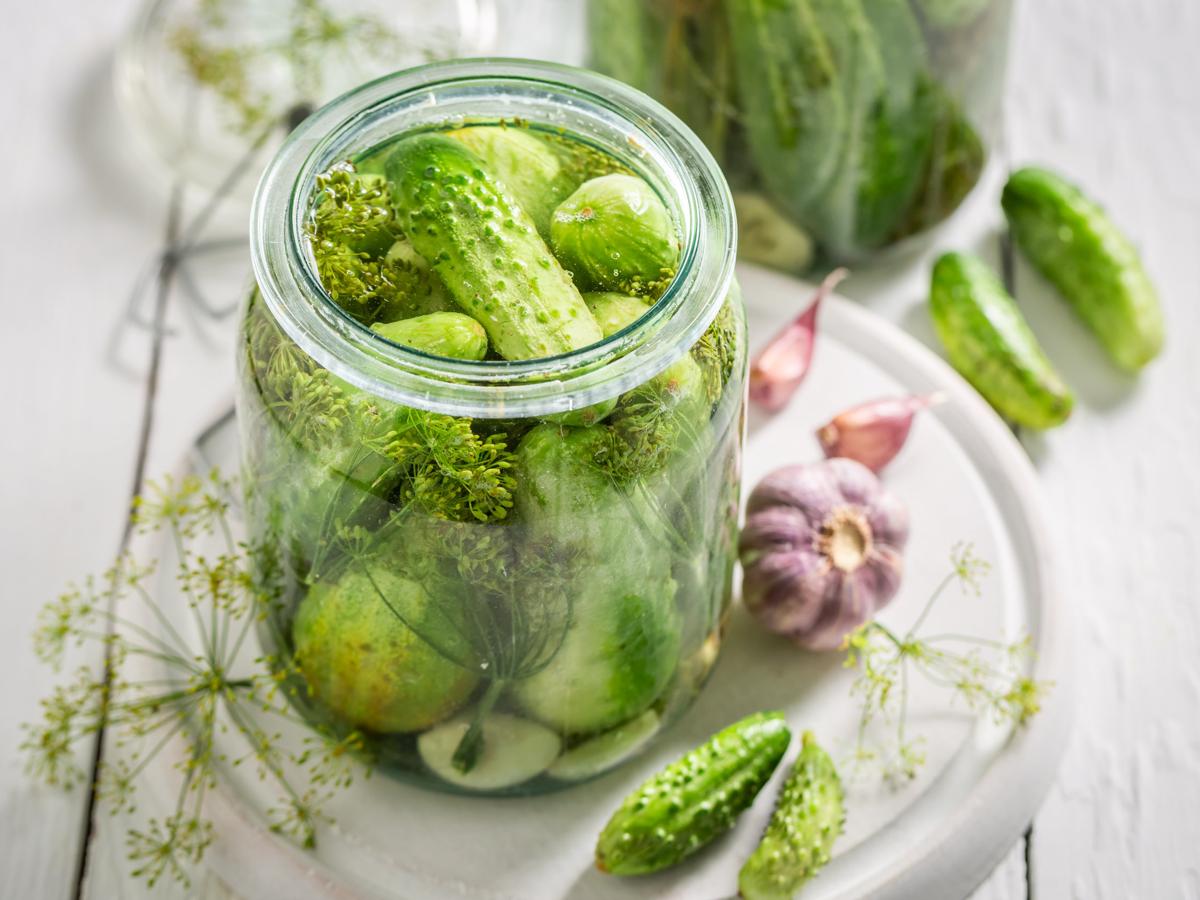Welcome to our humble corner of the internet dedicated to sustainable gardening and the garden-to-table lifestyle. Today, I’d love to share a detailed guide on canning tomatoes. It’s one of those rewarding processes that captures summer flavors for the winter months. Let’s take a journey together into the world of canning!
Why Can Tomatoes?
Canning is a wonderful way to preserve the bounty of your garden. If you’re like me, you’re often faced with an abundance of ripe tomatoes all at once. Whether it’s heirloom varieties, Roma, or beefsteak, canning helps save those wonderful flavors for year-round enjoyment. Home-canned tomatoes bring a certain depth to winter stews, sauces, and soups that’s hard to replicate. Plus, it’s a step towards reducing reliance on store-bought canned goods.
Gathering Your Supplies
Before you start, you’ll want to have everything ready. Here’s what you’ll need:
- Fresh, ripe tomatoes – the fresher, the better.
- New canning jars – wide-mouth quart jars are common, but feel free to choose what fits your needs.
- Lids and bands – make sure they are new to ensure a good seal.
- A large pot for boiling water.
- Canning tools – including a jar lifter, funnel, and a bubble remover/headspace tool.
- A clean towel and a damp cloth for cleanup.
It’s also wise to have access to reliable resources, such as the National Center for Home Food Preservation, for canning basics and safety tips.
Preparing the Tomatoes
-
Wash the Tomatoes: Begin by rinsing the tomatoes under cool running water to remove any dirt.
-
Blanching and Peeling:
- Bring a pot of water to a boil.
- Prepare a separate bowl with ice water.
- Drop tomatoes into the boiling water for about 60 seconds until skins begin to split.
- Transfer them to the ice water bath; once cooled, the skins should peel off easily. -
Core and Quarter: Remove the cores from the tomatoes and cut them into quarters.
Heating and Packing Tomatoes
-
Heat the Quartered Tomatoes: Place the tomatoes in a large pot, crushing them lightly. Bring them to a boil, stirring occasionally to prevent sticking.
-
Sterilize the Jars: While the tomatoes are heating, sterilize your jars. Wash them with hot soapy water, then simmer in boiling water for 10 minutes.
-
Add Acid: Tomatoes require acid to ensure safe acidity levels. Add 1 tablespoon of bottled lemon juice or 1/4 teaspoon of citric acid per pint jar.
-
Pack the Jars: Use a funnel to ladle the hot tomatoes into the jars. Leave a half-inch of headspace at the top of the jar.
Sealing and Processing
-
Remove Air Bubbles: Use a bubble remover tool or a clean plastic spatula to release trapped air by sliding it along the inside of the jar.
-
Wipe and Seal: Clean the jar rims with a damp cloth. Place the lids on jars and secure them with bands until fingertip-tight.
-
Process in Water Bath:
- Fill a water bath canner with water and bring to a gentle boil.
- Place the jars into the canner using a jar lifter. Ensure they are completely covered with water.
- Process pint jars for 35 minutes (adjust for altitude accordingly). -
Cooling: Once processed, remove jars carefully and let them cool undisturbed for 12 to 24 hours on a towel-lined surface.
-
Check Seals: After cooling, check seals by pressing the center of each lid. Properly sealed lids will not flex up or down.
Storing Your Canned Tomatoes
Store the jars in a cool, dark place. It’s a simple pleasure knowing that you have your garden’s bounty at hand whenever you need it. Those summer flavors await!
Final Thoughts
Canning is a skill that takes practice, and each batch can bring a small learning curve. It’s been a meaningful experience for me, and I hope this guide helps you get started or refine your canning process.
Is there anything else you’d like to explore or learn more about? Feel free to reach out or dive into other topics on our website dedicated to sustainable gardening and living well with your garden-to-table lifestyle.
Happy canning, my friend!




